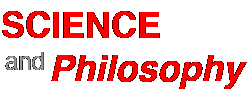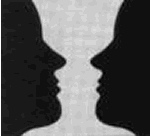Matson, Floyd W. The Broken Image, George Braziler, New York 1964 [abstract— 140 words] — Complementarity: the tolerance of ambiguity
Experiments gave rise to two different theories of the ultimate nature of matter and light, those of "particle" and "wave."
The particle theory explained a wide range of phenomena, but broke down in the face of other tests. The wave theory accounted perfectly for experiments where the particle theory failed but could not explain particle effects.
Niels Bohr put forward his principle of complementarity. Its essence is that we must accept both theories as valid—not to be applied simultaneously but in alternation. Both concepts are required for a complete explanation but either is partial and inadequate by itself.
There needs to be a new tolerance of ambiguity in physics as well as in other fields like biology and psychology. Events in those fields can be investigated physically but a complete explanation must take into account purposes and reasons.


